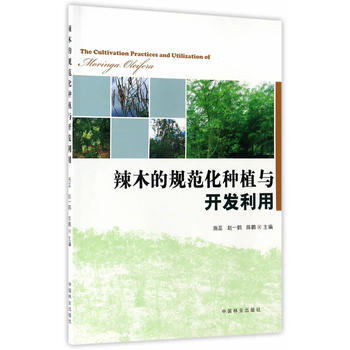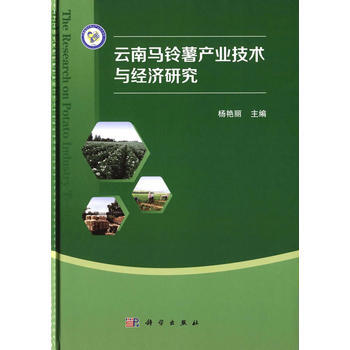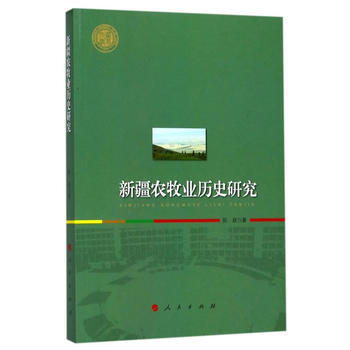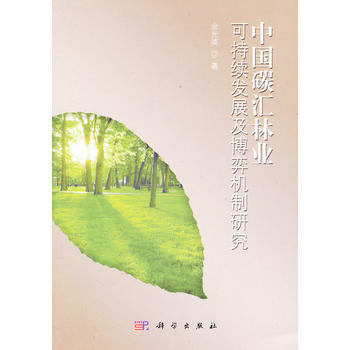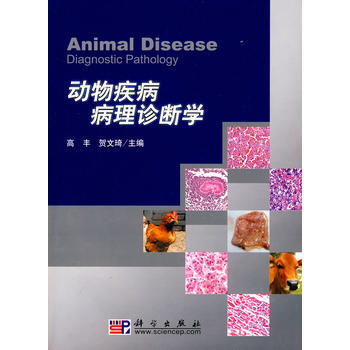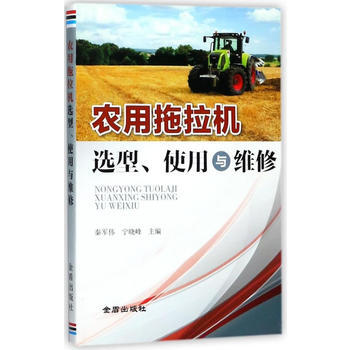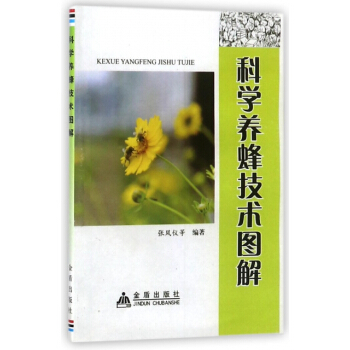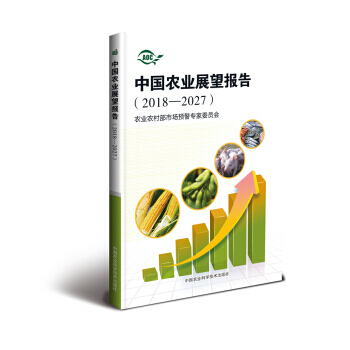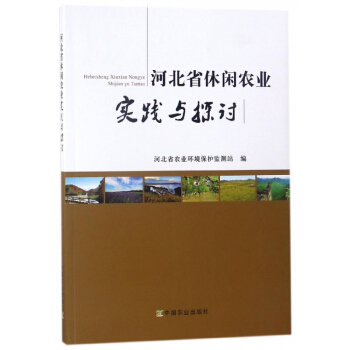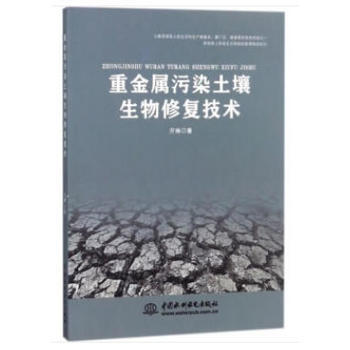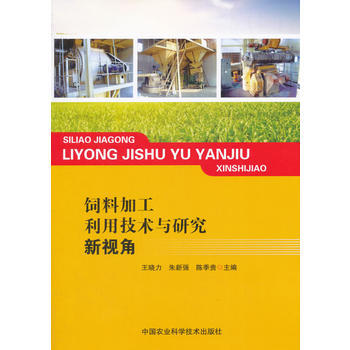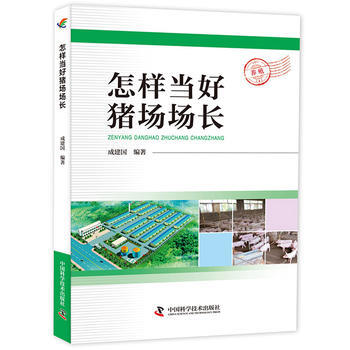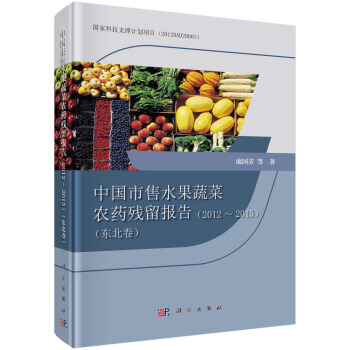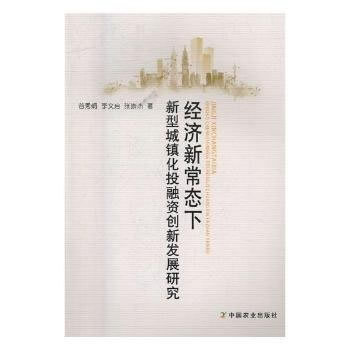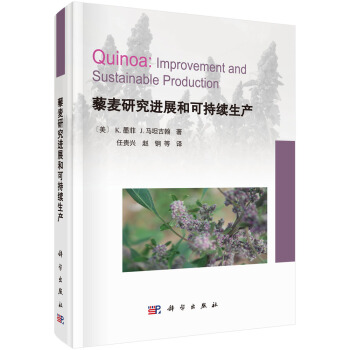具體描述
| 圖書基本信息 |
| 圖書名稱 | 辣木的規範化種植與開發利用 | 作者 | 施蕊,趙一鶴,陳鵬 |
| 定價 | 28.00元 | 齣版社 | 中國林業齣版社 |
| ISBN | 9787503884894 | 齣版日期 | 2016-12-01 |
| 字數 | | 頁碼 | |
| 版次 | 1 | 裝幀 | 平裝-膠訂 |
| 開本 | 16開 | 商品重量 | 0.4Kg |
| 內容簡介 |
| 《辣木的規範化種植與開發利用》共分6章:章概述,第2章引進辣木不同種源營養成分的分析與評價,第3章辣木葉的化學成分研究,第4章辣木提取物的生物活性研究,第5章辣木的組織培養優化技術,第6章辣木主要病蟲害及其防治。 |
| 目錄 |
前言
章 概述
1.1 辣木資源與分布
1.2 辣木的形態特徵
1.3 辣木的生物學特性
1.4 辣木的開發價值
1.5 辣木的開發現狀及前景
第2章 引進辣木不同種源營養成分的分析與評價
2.1 引言
2.1.1 辣木的種源研究
2.1.2 辣木的營養研究
2.1.3 研究目標和研究內容
2.2 材料與方法
2.2.1 引種栽植地概況
2.2.2 試驗材料
2.2.3 試驗試劑及主要儀器
2.2.4 試驗方法
2.2.5 數據處理
2.3 結果與分析
2.3.1 辣木葉測定結果與分析
2.3.2 辣木種子測定結果與分析
2.4 結論與討論
2.4.1 結論
2.4.2 討論
2.5 展望
第3章 辣木葉的化學成分研究
3.1 引言
3.1.1 辣木葉的主要化學成分
3.1.2 研究價值與意義
3.1.3 研究現狀及發展趨勢
3.2 材料與方法
3.2.1 試驗原理
3.2.2 試驗儀器、試劑及材料
3.2.3 試驗方法
3.3 結果與分析
3.3.1 A柱:正相色譜法樣品洗脫結果
3.3.2 B柱:正相色譜法樣品洗脫結果
3.3.3 C柱:正相色譜法樣品洗脫結果
3.3.4 單體化閤物結構鑒定
3.4 結論與討論
3.4.1 分離方法及條件的選擇
3.4.2 GC-MS樣品溶劑的選擇
第4章 辣木提取物的生物活性研究
4.1 辣木的生物活性研究進展
4.1.1 降血糖作用
4.1.2 降血脂作用
4.1.3 抗炎作用
4.1.4 抑茵作用
4.1.5 抗氧化作用
4.2 材料與方法
4.2.1 試驗原理
4.2.2 試驗儀器、試劑及材料
4.2.3 試驗方法
4.3 結果與分析
4.3.1 辣木提取物的製備
4.3.2 試驗結果與分析
4.3.3 抗氧化試驗結果與分析
4.3.4 酪氨酸酶活性抑製試驗
4.4 結論與討論
4.4.1 結論
4.4.2 討論
第5章 辣木的組織培養優化技術
5.1 引言
5.1.1 生物學特性
5.1.2 辣木有性繁殖
5.1.3 辣木扡插繁殖
5.1.4 辣木組織培養
5.1.5 辣木分子標記技術研究
5.1.6 本研究的目的和意義
5.2 材料與方法
5.2.1 試驗材料
5.2.2 試驗方法
5.2.3 數據處理
5.3 結果與分析
5.3.1 初代培養
5.3.2 不定芽誘導
5.3.3 繼代增殖
5.3.4 生根培養
5.4 結論
5.4.1 初代培養
5.4.2 不定芽誘導
5.4.3 不定芽增殖
5.4.4 生根培養
5.5 討論與建議
第6章 辣木主要病蟲害及其防治
6.1 主要病害
6.1.1 落葉病
6.1.2 嫩梢萎蔫病
6.1.3 枝條潰瘍病
6.1.4 豆莢褐腐病
6.1.5 根、莖基腐病
6.1.6 枝條迴枯病
6.1.7 白粉病
6.1.8 流膠
6.1.9 幼莢乾縮病
6.1.10 病害綜閤防治技術
6.2 主要蟲害
附錄 辣木規範化種植技術規程
參考文獻 |
Moringa: Cultivation, Standardization, and Sustainable Development Moringa, scientifically known as Moringa oleifera, is a remarkable plant that has garnered significant global attention for its exceptional nutritional profile and diverse therapeutic properties. This comprehensive guide delves into the intricacies of its cultivation, the establishment of standardized practices, and its multifaceted development and utilization, offering invaluable insights for farmers, researchers, entrepreneurs, and policymakers alike. Chapter 1: The Moringa Plant: Botany, History, and Global Significance This chapter provides a foundational understanding of the moringa plant. It explores its botanical classification, detailing its unique morphological characteristics, growth habits, and reproductive strategies. The historical journey of moringa is traced, highlighting its ancient origins in the Indian subcontinent and its subsequent spread across tropical and subtropical regions worldwide. The chapter further elucidates the intrinsic factors that contribute to moringa's global significance, emphasizing its adaptability to various environments and its potential to address critical issues such as malnutrition, food security, and rural economic development. Chapter 2: Optimal Cultivation Practices for Moringa Achieving high yields and superior quality moringa hinges on adopting best-practice cultivation methods. This chapter meticulously outlines the essential steps for successful moringa cultivation. It begins with an in-depth discussion on site selection, considering factors such as soil type, drainage, sunlight exposure, and climatic conditions. The selection of appropriate moringa varieties, suited to local environmental and market demands, is also addressed. Propagation techniques, encompassing seed germination and vegetative propagation methods, are thoroughly explained, along with guidance on nursery management. The chapter then transitions to field preparation, detailing soil amendment strategies to enhance fertility and structure. Planting procedures, including optimal spacing, depth, and timing, are elaborated upon. Water management is a crucial aspect, and this section provides detailed recommendations on irrigation scheduling, methods, and water conservation techniques, particularly in arid and semi-arid regions. Weed management strategies are presented, focusing on both preventive measures and effective control methods, prioritizing environmentally friendly approaches. Pest and disease management is a critical concern for any agricultural endeavor. This chapter offers a comprehensive overview of common moringa pests and diseases, their identification, and integrated pest management (IPM) strategies, emphasizing biological control, cultural practices, and judicious use of organic pesticides. Pruning techniques are discussed in detail, explaining how to shape the plant for optimal growth, increased branching, and enhanced leaf production. Harvesting strategies are outlined, including the determination of optimal harvest times and methods to ensure maximum yield and preserve the quality of the harvested produce. Post-harvest handling, including cleaning, drying, and storage, is also addressed to maintain product integrity. Chapter 3: Standardization of Moringa Products and Processes To unlock the full economic and health potential of moringa, standardization across its cultivation, processing, and product development is paramount. This chapter delves into the establishment of quality control measures and standards for moringa cultivation. It explores the development and implementation of Good Agricultural Practices (GAP) for moringa, covering aspects from seed sourcing to harvesting. The chapter further focuses on the standardization of moringa processing. It examines various processing methods, including drying (sun-drying, shade-drying, and mechanical drying), milling, and extraction, highlighting the critical parameters that influence product quality. Detailed guidelines for setting standards for moringa leaf powder, oil, and other derived products are provided. This includes specifications for nutrient content, absence of contaminants, and desirable sensory attributes. The importance of traceability and certification is underscored. This section discusses systems for tracking moringa products from farm to consumer, ensuring accountability and consumer confidence. The role of national and international standards organizations in developing and enforcing moringa product standards is also explored. Chapter 4: Diverse Applications and Development of Moringa Products Moringa's versatility is a key driver of its growing popularity. This chapter explores the diverse applications and innovative product development opportunities associated with moringa. Nutritional and Food Applications: The rich nutritional profile of moringa, abundant in vitamins, minerals, and amino acids, is extensively discussed. This section details its use as a dietary supplement and functional food ingredient. It covers the incorporation of moringa powder into various food products, such as smoothies, baked goods, cereals, and savory dishes, enhancing their nutritional value. Recipes and formulation guidelines for these applications are also provided. Health and Pharmaceutical Applications: The medicinal properties of moringa are a subject of intense research. This chapter examines the scientific evidence supporting moringa's therapeutic potential, including its antioxidant, anti-inflammatory, antimicrobial, and hypoglycemic effects. It explores its traditional uses and the development of moringa-based nutraceuticals and pharmaceuticals. The extraction and standardization of bioactive compounds from moringa for medicinal purposes are also discussed. Cosmetic and Personal Care Applications: Moringa oil, rich in oleic acid and antioxidants, is a valuable ingredient in the cosmetic industry. This section details its use in skincare products, hair care formulations, and soaps, highlighting its moisturizing, anti-aging, and rejuvenating properties. Agricultural and Environmental Applications: Beyond direct human consumption, moringa offers benefits in agriculture and environmental management. This chapter explores its potential as a natural pesticide, a soil conditioner, and a source of biomass for bioenergy. Its role in combating deforestation and soil erosion in degraded lands is also examined. Industrial Applications: Emerging industrial applications of moringa are also presented, including its potential use in the production of bioplastics, natural dyes, and animal feed. Chapter 5: Market Trends, Economic Opportunities, and Sustainable Development Understanding the market dynamics and economic potential of moringa is crucial for its sustainable development. This chapter analyzes current global and regional market trends for moringa products, identifying key consumer segments and emerging markets. It provides insights into market access strategies, including branding, marketing, and distribution channels. The economic opportunities for smallholder farmers, cooperatives, and entrepreneurs involved in the moringa value chain are explored. This section discusses business models, investment strategies, and the development of value-added products to maximize profitability. Furthermore, the chapter emphasizes the principles of sustainable development in the context of moringa cultivation and utilization. It addresses social, economic, and environmental sustainability, promoting responsible land use, fair labor practices, and the conservation of biodiversity. Strategies for building resilient moringa value chains that can withstand climate change and market volatility are also presented. Chapter 6: Challenges, Future Prospects, and Policy Recommendations Despite its immense potential, the moringa sector faces several challenges. This chapter identifies and discusses these challenges, including issues related to quality control, standardization, market access, regulatory frameworks, and consumer awareness. The chapter then looks towards the future, outlining promising research directions and technological advancements that could further enhance moringa cultivation and utilization. Innovations in breeding, pest management, processing technologies, and product development are discussed. Finally, this chapter offers concrete policy recommendations for governments, research institutions, and industry stakeholders to foster the sustainable growth and development of the moringa sector. These recommendations aim to create an enabling environment that supports farmers, promotes innovation, ensures product quality, and harnesses the full potential of this extraordinary plant for the benefit of humanity and the planet.
